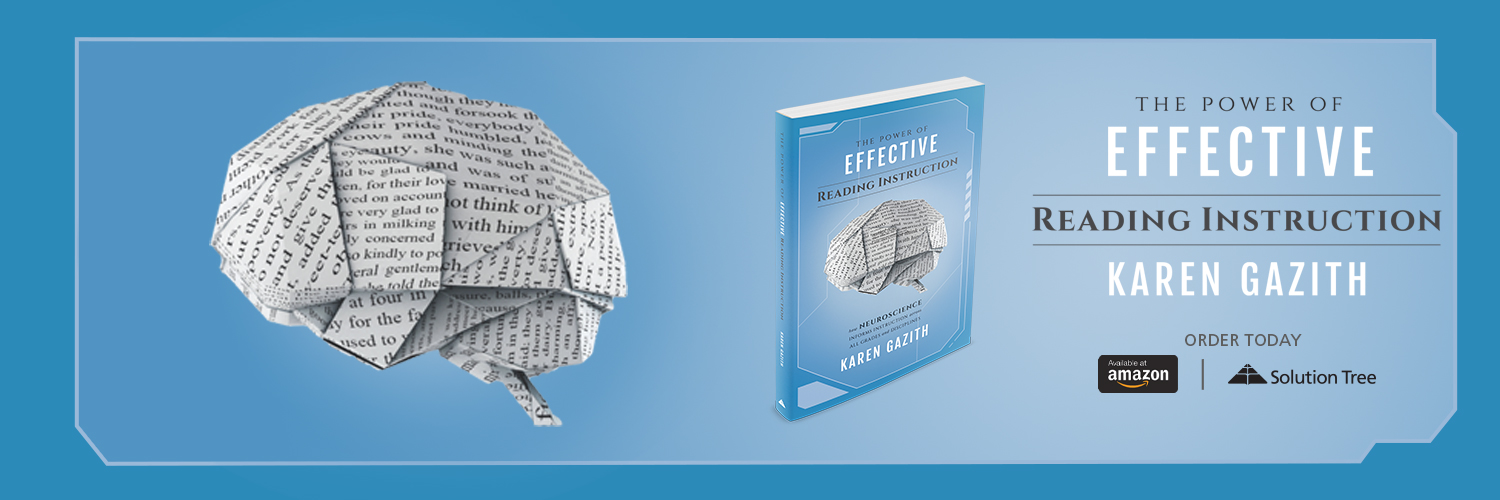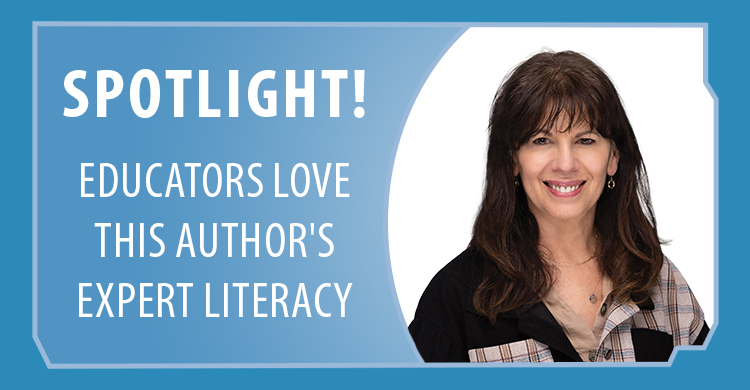Karen Gazith, PhD, is a faculty lecturer in the Department of Educational and Counselling Psychology at McGill University, where she also serves as the graduate program director for the Certificate of Inclusive Education and for the Office of First Nations and Inuit Education. She is the author of Teaching With Purpose and The Power of Effective Reading Instruction.
Your career has taken you across various educational settings, from the Feuerstein Institute to McGill University. How have these diverse experiences shaped your perspectives on teaching and learning?
My work at the Feuerstein Institute greatly influenced my approach to working with students and teachers. Dr. Feuerstein studied under Jean Piaget and other very well-known psychologists and theorists in the ’40s and ’50s in Geneva, and he was influenced by many of their theories focusing on the role of the adult in the child’s life. He believed in the concept of cognitive modifiability and the belief that students’ cognitive capacity can be greatly increased through effective scaffolding.
I, too, believe in the educator’s potential to influence each student greatly. Few, if any, students can exceed the teacher’s ability to teach them. My experience teaching at McGill University has also influenced my educational trajectory over the past few decades. I have taught thousands of students, many of them classroom teachers, courses about inclusive practices, alternative assessments, reading strategies, and many other subjects related to effective teaching practices for all students.
These classroom teachers’ commitment and desire to learn how to support increasing diversity in their classrooms inspired me to write Teaching With Purpose and The Power of Effective Reading Instruction.
You’ve received several awards for your contributions to education, including the Gewurz Award for Jewish Educational Leadership. What do you believe are the most critical attributes of effective educational leadership, particularly in promoting inclusivity and evidence-based practices?
Just as I said that students can’t exceed the teacher’s ability to teach them, I have never seen an educational institution that has exceeded the capacity of the leader. As I think about my next book, what comes to mind is the troubling state of our educational systems. Almost all educators choose a career in education because they are committed to students’ capacity to thrive in an academic environment. Yet, we are plagued with so many challenges in our schools.
Finding ways to include all students academically and socially is no small feat. Still, ultimately, it can only occur if the leader believes in the depth of their being that all students belong. And with this belief comes the desire to allocate human and material resources (i.e., instructional materials) to this end. Bennis and Nanus (1985) stated so aptly that leaders wear their visions like clothing.
Therefore, effective leadership that facilitates inclusion must see the engagement of all students as critical and provide educators with the tools to ensure this occurs daily and in all classrooms. This requires relentless commitment as well as ongoing guidance, encouragement, and reinforcement on the part of the leader. Inclusion finally occurs when educators take on leadership roles within their school and collectively commit to inclusion.

Your book, Teaching With Purpose, focuses on implementing evidence-based practices in the classroom. Could you share some key principles from your book and how they apply to the field of reading instruction?
My experience working in schools has shown me that we do a lot of telling but, unfortunately, not enough teaching. This is most prominent when it comes to reading instruction. Students need to be taught how to read because, unlike speaking, reading is not natural. As such, evidence-based practices like explicit teaching are essential if students are going to learn how to read. In my book, I describe the steps essential to effective literacy instruction.
These steps include modeling for students the strategies you want them to master, then gradually releasing responsibility from the teacher to the student through an “I do, we do, you do one, then you do many” process. In Teaching with Purpose, I also write about the importance of ongoing formative assessment and feedback to students. Students do better when they receive ongoing information about their performance relative to the learning targets. Additionally, teachers are most effective when they have precise and timely information about student mastery of literacy skills. Quick and easy-to-administer check-ins are vital to students’ ongoing reading development.

You’ve recently published a book, The Power of Effective Reading Instruction. What motivated you to explore the intersection of neuroscience research and reading instruction?
For the past ten or so years, I’ve taught a graduate-level course on reading development and challenges. I begin the course by discussing the “big five” of reading instruction (phonemic awareness, phonics, vocabulary, fluency, and comprehension) within a neuroscience of reading development framework.
This introduction to the course is transformational for the graduate students, many of whom are teachers because, for years, they learned that there are multiple ways to teach students to read and each teacher can choose their teaching preference. This most profoundly relates to the debate between the big five focusing on phonics instruction and other approaches, such as balanced literacy that offers multiple strategies to teach students to read like using reading cues like images to guess at words.
Highlighting the big five from a neuroscience perspective gives teachers the rationale for teaching reading according to how the brain learns to read. The feedback I’ve received since writing this book has largely highlighted the importance of this chapter and how the neuroscience of reading has resonated with readers.
As someone who has taught at various institutions across different regions, what similarities or differences have you observed in educational practices, and how do you navigate these differences to promote inclusive and evidence-based approaches to teaching and learning?
This is an interesting question because, over the years, I have visited many schools worldwide, presenting workshops or consulting with teachers and leaders in schools. One of the first things that strikes me is how similar schools are regardless of region, city, state, or country. Additionally, the more schools and classrooms I visit, the more I see examples of the power of the classroom teacher.
When teachers apply evidence-based teaching principles like some of the ones I write about in my two books, such as clearly articulated learning goals, explicit teaching, thoughtful and effectively sequenced lessons built around learning goals, and formative assessment, students flourish in classrooms. Through my travels to schools, I couldn’t say there are regionally based similarities but rather idiosyncratic facets unique to each school.
Again, returning to the importance of the leader, I have witnessed in almost all schools I’ve visited that each school has its ethos that is most often an extension of the school’s leadership. When the school leader is passionate about inclusion and the potential of each child and is an overall compassionate leader, this translates to every dimension of the school, such as how teachers engage with students, how teachers engage with other teachers, and how children engage with their peers.
Interested in learning more from Dr. Gazith? View recordings of her free webinars with Solution Tree:
- The Strategic Teacher: How to Use Explicit, Strategic Teaching to Become a Master Teacher
In this webinar, teachers, instructional coaches, and school administrators learn strategies for thoughtfully cultivating a rich learning environment for every student. - The Seven Principles of Evidence-Based Teaching: How to Meet the Needs of All Students from Elementary School to Adult Education
Join Dr. Karen Gazith as she reviews seven evidence-based principles and practical strategies that lead to success for all students in the diverse classroom.






